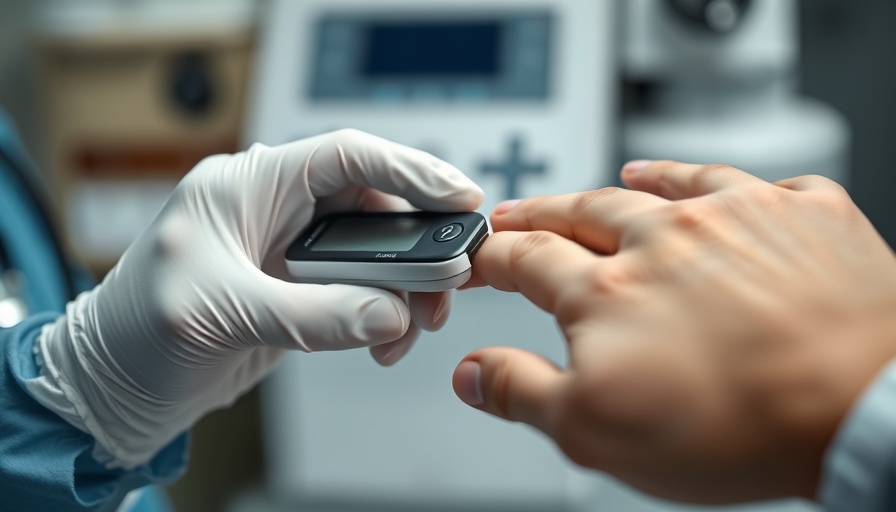
GLP-1 Medications: A Potential Risk to Eye Health
Recent studies point to a worrying association between GLP-1 drugs, like Ozempic and Wegovy, and increased risks of developing “wet” age-related macular degeneration (AMD), particularly for those managing type 2 diabetes. This connection is critical, as wet AMD is known to be a leading cause of irreversible vision loss among the elderly, making it essential for patients and healthcare professionals to remain vigilant.
The Study: What Did Researchers Find?
Research conducted by the University of Toronto, published in JAMA Ophthalmology, reveals that individuals with type 2 diabetes prescribed GLP-1 medications are more than double the risk for developing wet AMD compared to those not using these drugs. Notably, the risk amplifies with the duration of treatment, raising alarms that necessitate further exploration into the safety profiles of these common diabetes drugs.
Understanding Age-Related Macular Degeneration (AMD)
AMD is classified into two types: dry and wet, with wet AMD being less common but much more aggressive. It leads to significant vision deterioration and permanent loss of central vision, making early detection and management paramount. For those diagnosed with type 2 diabetes, the intersection of glucose control and eye health is particularly concerning.
Balancing Benefits and Risks in Diabetes Management
While GLP-1 drugs deliver notable advantages, including weight loss, improved blood sugar control, and lowered cardiovascular disease risks, the emerging data on their potential link to eye health issues cannot be ignored. Given the substantial benefits of managing type 2 diabetes effectively, patients must weigh these factors carefully with their healthcare providers. Understanding the nuances of such medications can foster better decision-making for preserving overall well-being.
Expert Opinions on Safety Precautions
Medical professionals are advocating for more comprehensive education surrounding the risks associated with these drugs. Although current findings do not solidly establish a causal link between GLP-1 drugs and AMD, experts urge caution. As more studies are needed to clarify the safety of these treatments in relation to eye health, open conversations between patients and their doctors are essential. Knowing all facets of treatment aids in informed decisions regarding diabetes management.
What Should Patients Do?
For individuals taking GLP-1 medications or considering these treatments, it’s crucial to stay informed about potential side effects, particularly regarding eye health. Regular eye exams and discussions about changes in vision should be part of a holistic management plan. Awareness can lead to earlier intervention, should issues arise.
As the popularity of GLP-1 drugs grows, so does the necessity for vigilant monitoring and research to ensure safe and beneficial outcomes for patients. If you have further questions regarding these medications and want to explore your options, call us today at 984-238-6164 or email us at tom@mywellnesstrain.com.
 Add Row
Add Row  Add
Add 




Write A Comment